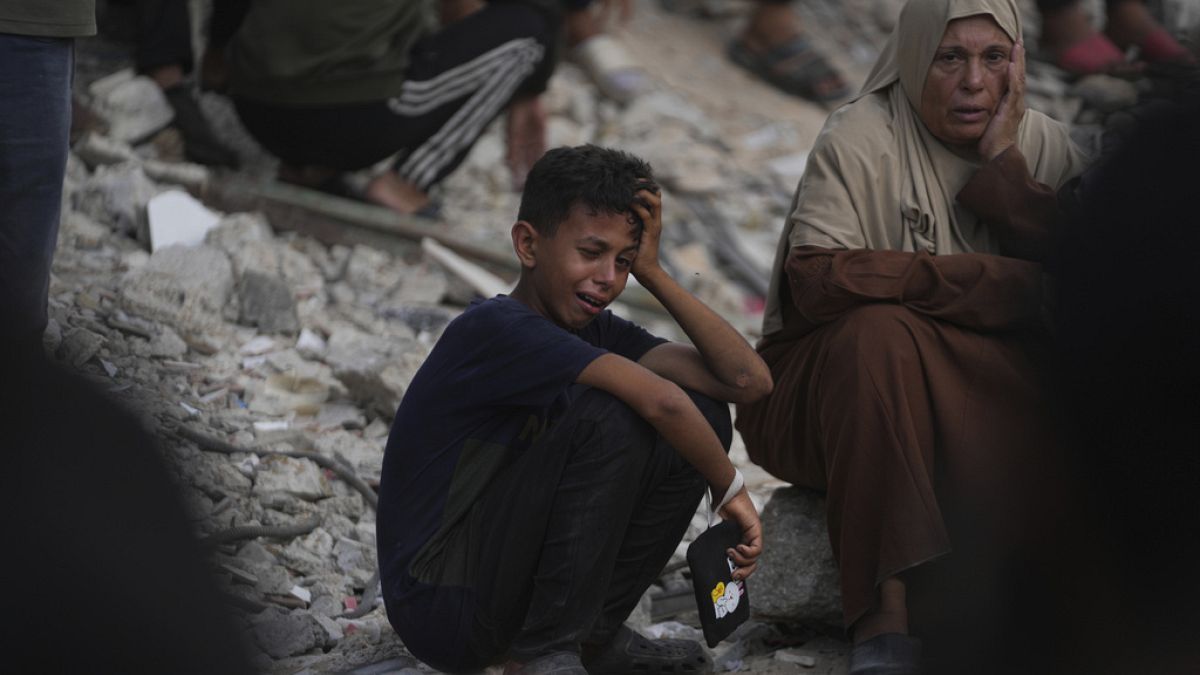

In recent days, a series of significant events have unfolded in both Gaza and Ukraine, highlighting the pressing challenges each region faces. As humanitarian efforts persist in Gaza, the struggle for peace continues in Ukraine. Here’s a closer look at the current landscapes in these areas.
In Gaza, the situation is dire. A combination of humanitarian aid efforts and escalating violence has created a complex and urgent crisis. Recent reports indicate that at least 18 individuals were killed by Israeli fire as they attempted to secure food under increasingly hazardous conditions. The tragic incident underscores the broader humanitarian challenges being faced in the region. Aid organizations are racing against time, with France recently delivering 40 tonnes of humanitarian supplies, aiming to mitigate the severe famine that threatens thousands, especially children.
The ongoing conflict in Gaza has prompted significant international attention and action. Jean-Noël Barrot, representing an international humanitarian body, emphasized the immediate need for increased aid distribution to alleviate the severe conditions. Alongside this, the voices of those on the ground and international observers warn of a rising pattern of impunity in the examination of alleged war crimes and abuses, casting a shadow on efforts to ensure accountability.
In the realm of geopolitics, there is a burgeoning discourse around proposals suggesting “voluntary migration” from Gaza, sparking concerns and fears among its residents about the potential for forced displacement in disguise. Meanwhile, notable figures such as Israeli author David Grossman have spoken out passionately against the operations in Gaza, framing the actions as untenable and calling for reflection and reevaluation.
Parallel to these developments, Ukraine finds itself in a pivotal yet challenging position. Recent military engagements have seen Ukrainian forces reportedly striking a Russian drone storage airbase, an action reflecting ongoing tensions. Amid the hostilities, Ukrainian President Volodymyr Zelenskyy continues to express openness to dialogue, responding tentatively to Russian President Vladimir Putin’s signals about potential peace negotiations. Zelenskyy advocates for transitioning from technical discussions to high-level talks, emphasizing the importance of a sincere commitment to a durable peace process.
Despite the specter of conflict, there are glimpses of hope in the diplomatic discourse. Germany has stepped forward, asserting a responsibility to ensure Israel does not face international isolation, indicating a level of diplomatic engagement and readiness to facilitate dialogue. Similarly, the call for peace extends to the broader European context, as both Ukraine and Russia face the intricate dance of diplomacy amidst their ongoing military confrontations.
Balancing on the edge of crisis, these regions echo each other’s sentiments of resilience and a hopeful pursuit of solutions. In both cases, international bodies, local leadership, and communities are integral in shaping a path forward. The intersection of humanitarian aid, potential for dialogue, and accountability forms the contours of that path.
As we reflect on these developments, the importance of human dignity, peace, and cooperation stands paramount. The efforts in Gaza to distribute aid, alongside calls for genuine dialogue in Ukraine, reflect a shared aspiration for stability and peace. In navigating these challenging terrains, the global community remains a steadfast partner, striving for solutions that restore hope and calm amidst the storm.
Source: {link}
